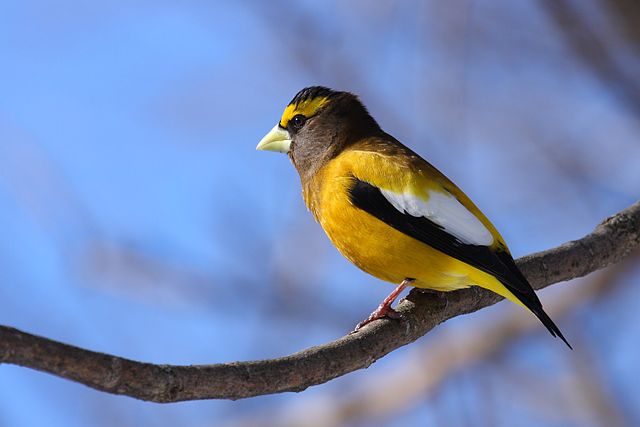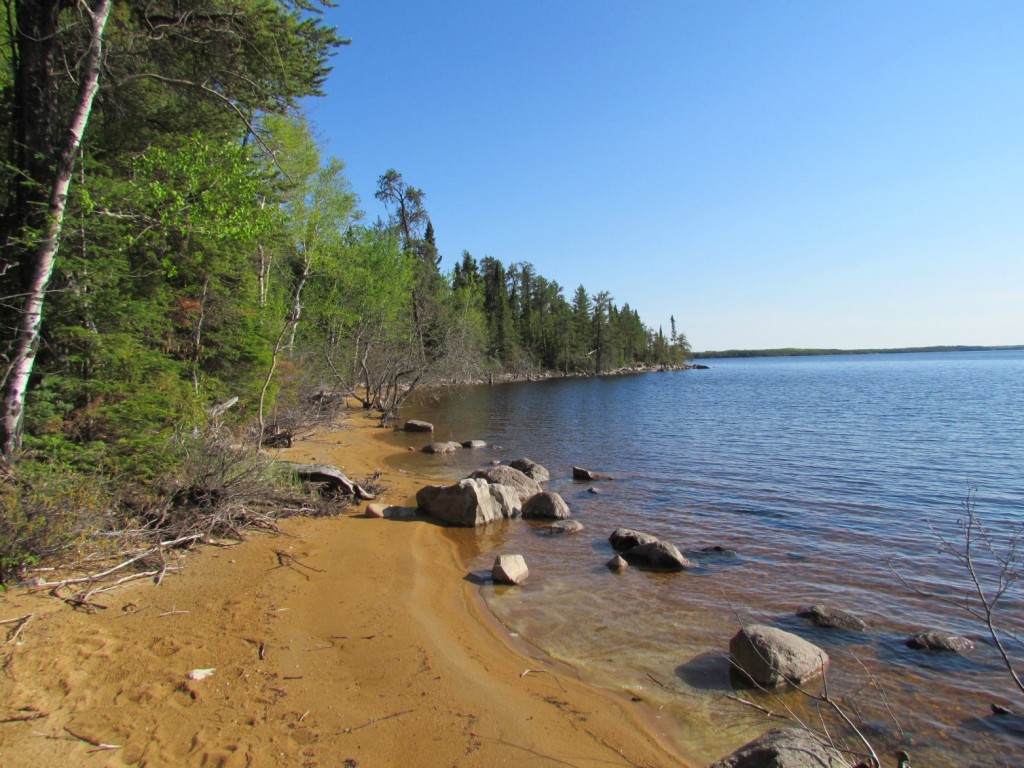The Boreal Songbird Initiative and Ducks Unlimited have released a 20 page bulletin entitled 10 Cool Canadian Biodiversity Hotspots. The report highlights ten locations throughout our boreal forest that provide more detail and insight into its special biodiversity and conservation values.
Pimachiowin Aki, Manitoba and Ontario
Pimachiowin Aki, which means “the land that gives life” in Ojibwe, undoubtedly lives up to its name. The Pimachiowin Aki proposed World Heritage Site is particularly unique because it is one of the last remaining large ecologically intact portions of the southern boreal forest, which has otherwise been heavily fragmented by industrial forestry and other types of development.
In fact, the area is part of one of the largest remaining blocks of intact forest habitat in the world. As many as 44 native mammal species are known to occur there, including iconic species such as woodland caribou, wolverine, moose, beaver, and wolf. The region is also one of the few remaining strongholds of relatively stable and healthy woodland caribou herds left in Canada’s boreal forest.
As many as 216 species of bird can be found in Pimachiowin Aki, with around 170 species regularly breeding there during summers. This includes some of North America’s most heavily-declining songbirds, such as the widespread Rusty Blackbird and Olive-sided Flycatcher and the southern boreal-restricted Bay-breasted Warbler, Canada Warbler, Connecticut Warbler, and Evening Grosbeak.
They are joined by some of Canada’s healthiest populations of fish (walleye, pike, trout, sturgeon, and others) and a variety of amphibians and insects.
The 33,400-km² Pimachiowin Aki proposed World Heritage Site also features varied landscapes, ranging from mostly needleleaf and broadleaf forest stands to more shrub and wetland-dominated areas. This diverse landscape positions the region to be better able to withstand changes coming from climate change.
The four highest volume rivers that originate or flow through Pimachiowin Aki also provide 6,889,000 cubic metres of pristine, uncontaminated water to Lake Winnipeg annually, helping to prevent the lake’s already poor condition from worsening.
Conservation Status
While the World Heritage Site proposal for Pimachiowin Aki is under consideration by UNESCO, the five First Nations whose territories occur within Pimachiowin Aki have developed land-use plans and designated portions of their traditional lands as protected areas with the support of the provinces of Manitoba and Ontario. Through these land-use planning initiatives and earlier initiatives, nearly 90% of the region is under conservation protection—an area of more than 28,000 km² or nearly five times the size of Prince Edward Island.
For example, the Poplar River First Nation’s land-use plan placed 90% of its traditional territory in conservation areas encompassing over 8,000 km², with official endorsement from the Government of Manitoba. The Bloodvein First Nation in Manitoba developed a land use plan that places more than 50% of its traditional territory under conservation—an area of over 2,100 km². The Pikangikum First Nation in Ontario has also developed a land-use plan that balances protected areas with community-led forestry.




